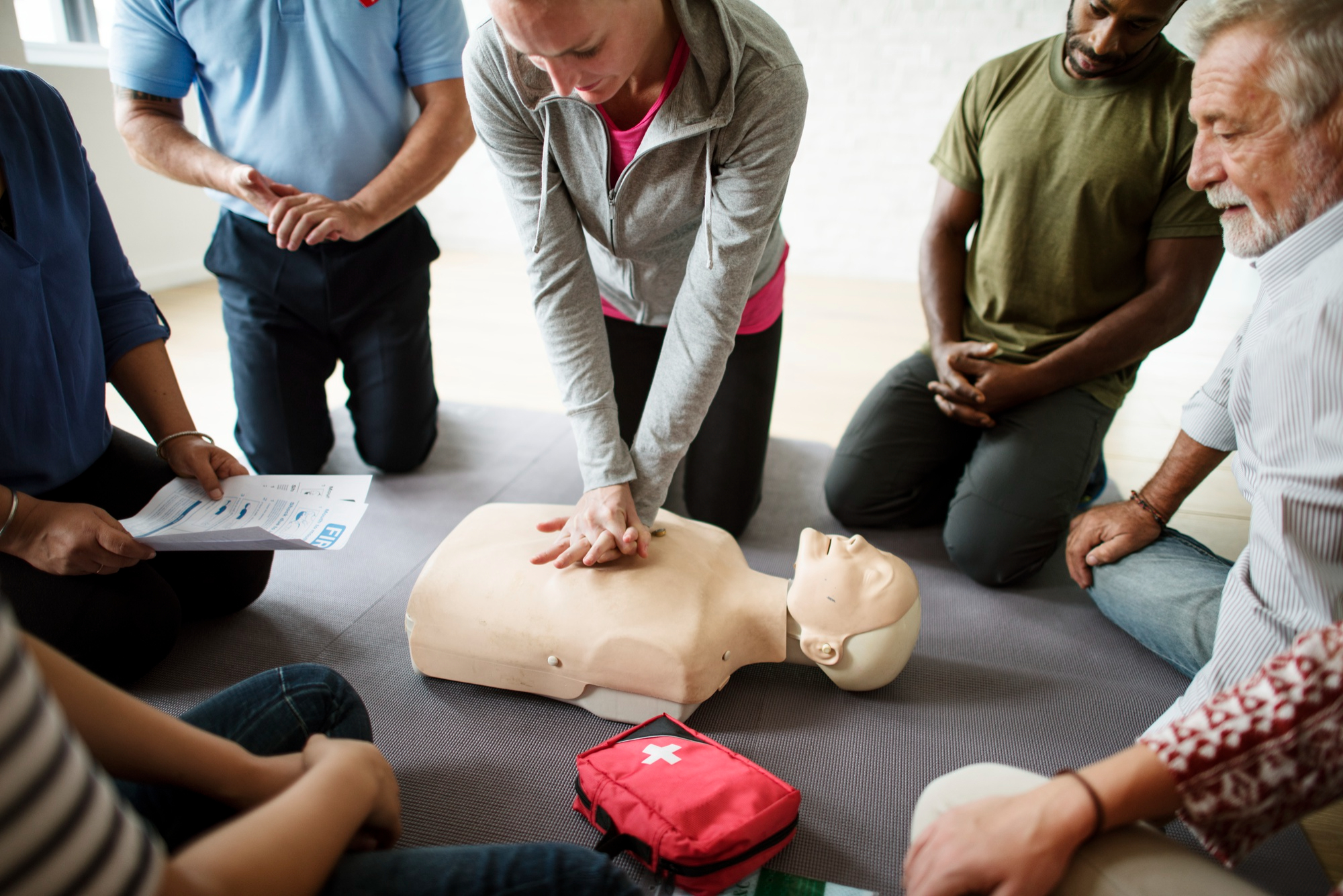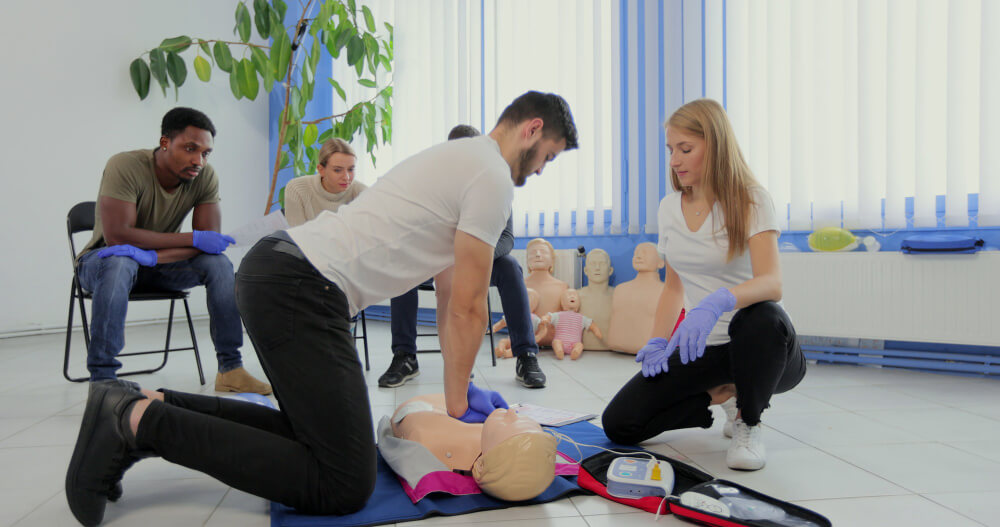What is Atex?
ATEX broadly refers to the hazard of explosive atmospheres in the workplace attributable to the presence of flammable gasses or combustible dust mixed in air, which can contribute to the risk of explosion. Anywhere where an explosive atmosphere can occur, ATEX applies. ATEX certification ensures that equipment works safelty in explosive environment without causing any accident if used as per the manufacturer’s recommendations. Equipment used in explosive atmosphere within the EU and EEA have to be ATEX certified.
What is an Explosion?
An explosion occurs if a flammable substance is present in mixture with air or another oxidant (i.e. sufficient oxygen), within the explosion limits, together with a source of ignition.
All substances capable of an exothermic oxidation reaction are to be regarded as flammable
Explosive atmosphere
An ‘explosive atmosphere’ is a mixture with air, under atmospheric conditions, of flammable substances in the form of gases, vapours, mists or dusts in which, after ignition has occurred, combustion spreads to the entire unburned mixture.
The ATEX directive does not define atmospheric conditions, but normally a temperature range of -20 ºC to +60 ºC and a pressure range of between 0.8 and 1.1 bar is accepted. It should be noted that electrical products are usually designed and tested for use in an ambient temperature range of -20 ºC to +40 º
Types of Ignition Sources
There are a range of different types of ignition sources that may cause an explosion, including:
- Non Ex Rated electrical equipment
- Hot Work (welding, cutting, burning, soldering)
- Electrical fault
- Inadequate or poor electrical bonding/ earthing
- Stray currents/arcing across conductive gaps
- Static electricity generation:
- Personnel
- Solvent pumping
- Powder transfer
- Moving part of machinery (conveyor belts)
- Mobile Phones/camera/pagers
- Smoking
- Exposed Hot surfaces; Boiler casing/Petrol engines
- Lightning strike
- In excess of Auto Ignition Temperature (methane 595oC)
- Mechanical friction; lack of lubrication/ min clearances
- Vibration; mechanical sparks •Impact sparks (metal striking metal
- Flammable liquids, Solvents, IPA, Methanol, Ethyl Alcohol
- Dusts of flammable solids, e.g. chemicals powders- API’s.
It is common knowledge that electrical equipment such as light fittings, switches, motors or virtually any type of electrical apparatus may cause sparking. Static electricity that has generated and built up on a person, clothing or item may discharge with a spark. In these instances, a spark could ignite an explosive atmosphere and cause an explosion, which could lead to serious consequences, including:
- Explosion
- Fire
- Injuries
- Fatal
- Loss of business
- Building loss
- Equipment loss
- Prosecution
Therefore if an explosive environment is unavoidable in a workplace, appropriately rated and protected electrical equipment must be used to prevent the possibility of ignition from a spark, or other source of heat. In addition, special precautions such as anti-static clothing and shoes may be necessary to prevent the possibility of a static electrical discharge potentially igniting a flammable gas or combustible dust.
Why complete ASM Group’s Atex Awareness training?
ASM Group’s ATEX training course provides learners with a better understanding of Atex, providing insight to the legislation and application of the Directives. ASM Group’s Atex Awareness training covers a range of different topics, such as:
- What is Atex?
- Legislation
- Examples of industrial explosion accidents
- Flammable data
- Gases and vapours
- Dust and powders
- Hazardous Area Classification
- Potential Ignition Sources
- Explosion prevention and control measures
- Selecting Equipment, Equipment Inspections & maintenance
Get in touch with ASM Group today to discuss your training requirements. We deliver a wide range of training courses, from Atex Awareness, to Lock Out Tag Out, Hot Works, Permit to Work, Safe Pass and many more. Don’t hesitate to reach out today to discuss your training needs by emailing contact@asmgroup.ie
References








